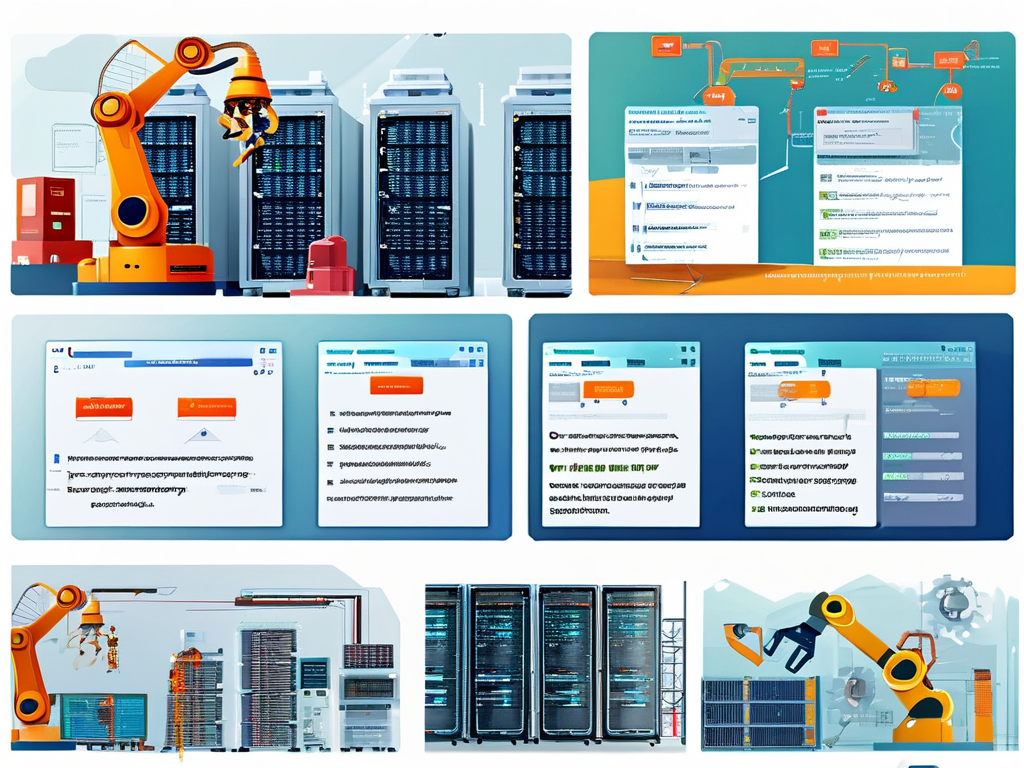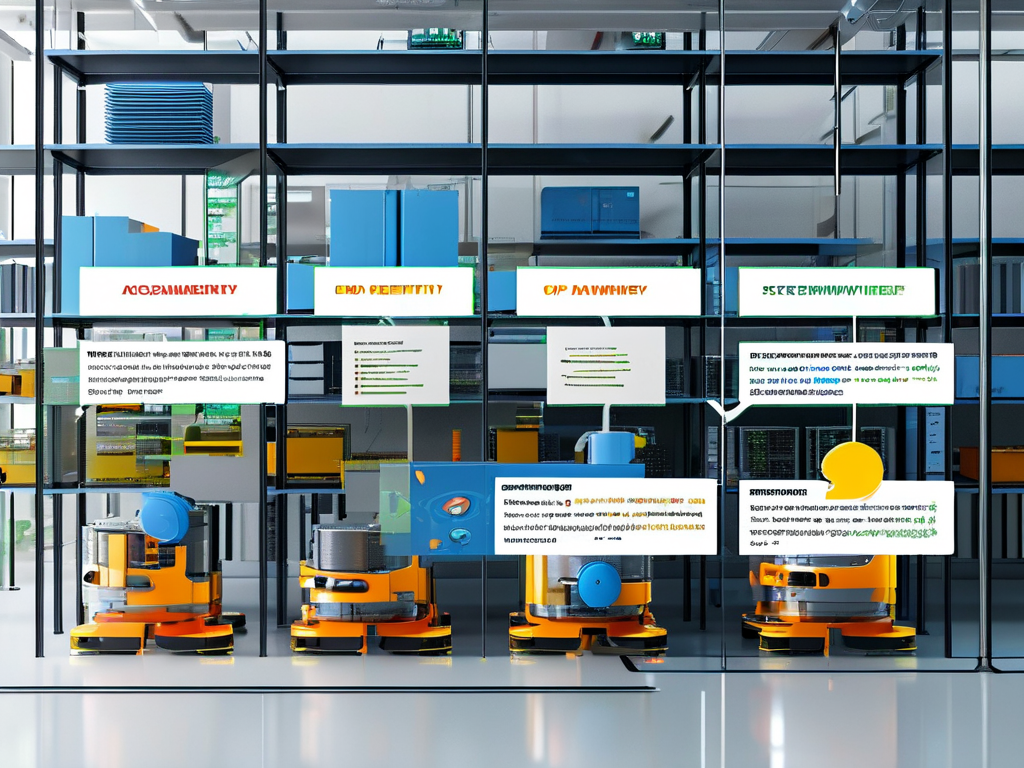In today’s fast-paced digital landscape, organizations face mounting pressure to deliver software updates rapidly while maintaining system stability. Automated deployment has emerged as a critical solution, bridging the gap between development and operations teams. This article explores how this methodology transforms software delivery, reduces human error, and aligns with modern DevOps practices.
The Evolution of Deployment Practices
Traditional deployment methods relied heavily on manual processes, where engineers executed repetitive tasks like server configuration and code transfers. These workflows were not only time-consuming but also prone to inconsistencies. A 2023 industry survey revealed that 68% of production outages stemmed from human errors during manual deployments. The shift to automation began with scripting tools like Bash and PowerShell, eventually evolving into sophisticated CI/CD pipelines that now dominate enterprise environments.
Core Components of Automated Deployment
Modern automated deployment systems integrate multiple technologies to create seamless workflows:
-
Version Control Integration
Tools like Git act as the backbone, ensuring code changes are tracked and synchronized across teams. Automated triggers initiate deployment pipelines when developers merge code into specific branches. -
Containerization Platforms
Docker and Kubernetes have revolutionized environment consistency. As John Docker, a platform architect at TechFlow Inc., notes: "Containers let us package applications with their dependencies, eliminating the 'works on my machine' dilemma." -
Infrastructure-as-Code (IaC)
Terraform and AWS CloudFormation enable declarative environment provisioning. Teams can spin up identical staging and production environments using version-controlled configuration files:
# Sample Terraform configuration
resource "aws_instance" "web_server" {
ami = "ami-0c55b159cbfafe1f0"
instance_type = "t2.micro"
tags = {
Name = "AutoDeploy-WebNode"
}
}
Business Impact and Metrics
Organizations adopting automated deployment report measurable improvements:
- Deployment frequency increases by 400-700%
- Mean time to recovery (MTTR) drops by 65%
- Operational costs reduce by 30-50%
A case study from FinServ Corp demonstrates these benefits. After implementing Jenkins pipelines, their quarterly release count jumped from 4 to 22, while critical incidents decreased by 40%.
Implementation Roadmap
Successful automation requires strategic planning:
Phase 1: Process Audit
Map existing deployment workflows and identify bottlenecks. Common pain points include manual database migrations and environment-specific configurations.
Phase 2: Toolchain Selection
Choose technologies aligning with organizational needs. Cloud-native teams might opt for AWS CodeDeploy, while hybrid infrastructure users may prefer Ansible Tower.
Phase 3: Progressive Rollout
Begin with non-critical systems using blue/green deployment strategies. Monitor metrics like deployment success rate and rollback frequency during the transition.

Security Considerations
Automation introduces new attack surfaces that demand attention:
- Secret management through vaults like HashiCorp Vault
- Pipeline permission controls using RBAC (Role-Based Access Control)
- Automated vulnerability scanning in container registries
Future Trends
Emerging technologies are pushing automation boundaries:
-
AI-Driven Deployment
Machine learning models now predict deployment risks by analyzing historical failure patterns. Tools like Harness CD leverage this to suggest optimal release windows. -
Serverless Architectures
AWS Lambda and Azure Functions are redefining deployment granularity, enabling function-level updates without server management.
As organizations continue their digital transformation journeys, automated deployment stands as a non-negotiable competency. By combining technical execution with cultural adoption, teams can achieve unprecedented agility while maintaining operational excellence. The key lies in viewing automation not as a destination, but as a continuous improvement process that evolves alongside technological advancements.









